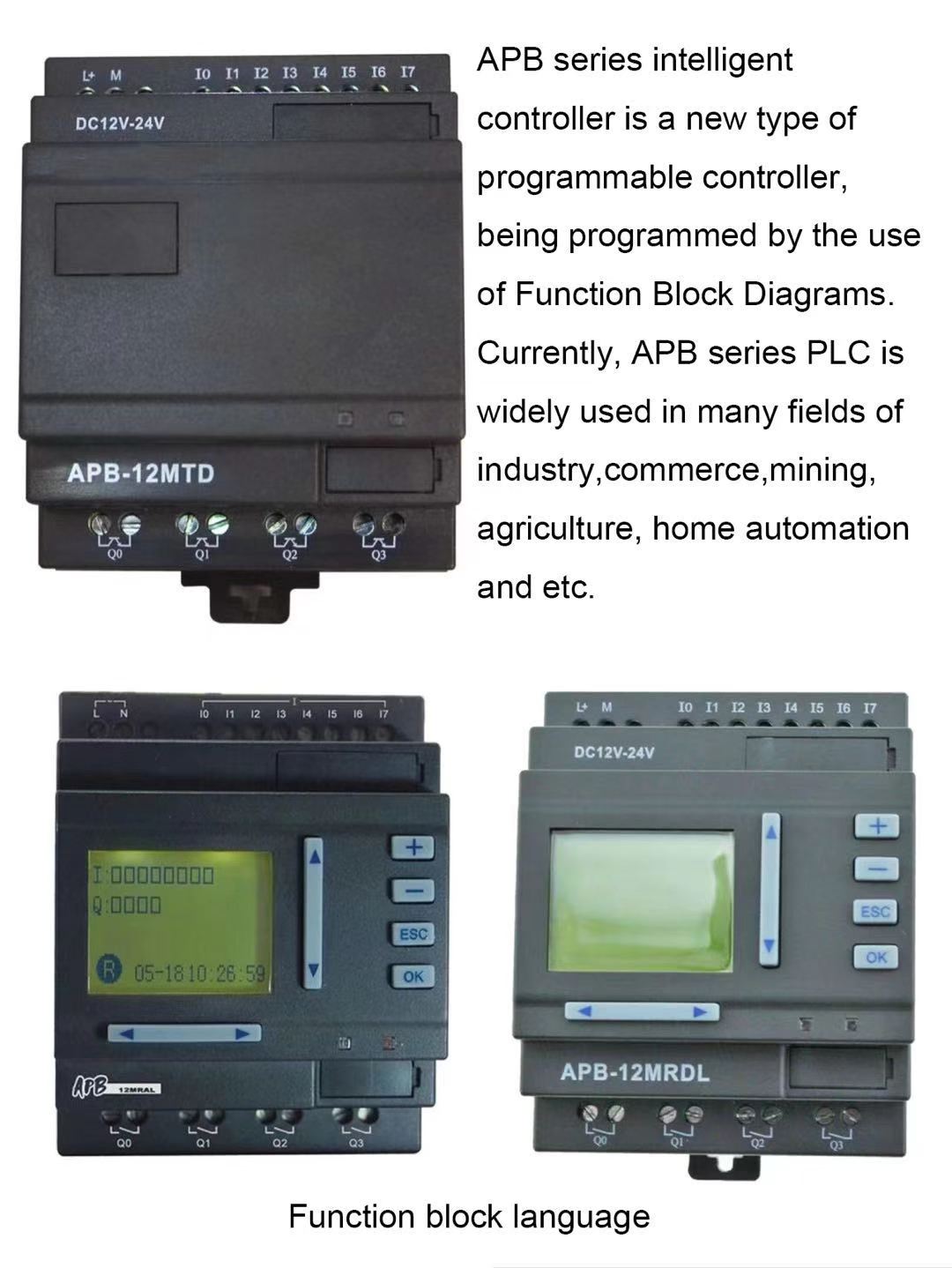Views: 25 Author: Site Editor Publish Time: 2022-12-21 Origin: Site
 If you're familiar with industrial automation, you may have heard of PLCs. So, what are PLCs and why are they so important in the world of automation?
If you're familiar with industrial automation, you may have heard of PLCs. So, what are PLCs and why are they so important in the world of automation?
PLC stands for Programmable Logic Controller. They are industrial computers used to control different electro-mechanical processes for use in manufacturing, plants, or other automation environments.
PLCs vary in size and form factors. Some are small enough to fit in your pocket while others are large enough to require their own heavy-duty racks to mount. Some PLC’s can be customized with back planes and functional modules to fit different types of industrial applications.
PLCs are widely used in a variety of industries because they’re fast, easy to operate and are considered easy to program. PLCs can be programmed in several ways, from ladder logic, which is based on electromechanical relays, to specially adapted programming languages of BASIC and C, to name a few.
Most PLCs today use one of the following 5 programming languages: Ladder Diagram, Structured Text, Function Block Diagram, Instruction List, or Sequential Function Charts.
SCADA and HMI systems enable users to view data from the manufacturing floor and provide an interface for users to provide control input — and PLCs are an essential hardware component element in these systems.
PLC’s act as the physical interfaces between devices on the plant or manufacturing floor and a SCADA or HMI system. PLCs communicate, monitor and control automated processes like assembly lines, machine functions, or robotic devices.
A PLC’s functions are divided into three main categories: inputs, outputs and the CPU. PLCs capture data from the plant floor by monitoring inputs that machines and devices are connected to. The input data is then processed by the CPU, which applies logic to the data, based on the input state. The CPU then executes the user-created program logic and outputs data or commands to the machines and devices it is connected to.
There are two main types of inputs: data inputs from devices and machines, and data inputs that are human-facilitated. The input data from sensors and machines are sent to the PLC. Inputs can include on/off states for things like mechanical switches, buttons, and encoders. High/low states for things like temperatures, pressure sensors, and liquid-level detectors, or opened/closed states for things like pumps and values.
 Human-facilitated inputs include button pushes, switches, sensors from devices like keyboards, touch screens, remotes, or card readers. Outputs are the physical actions or visual results that are based on a PLC logic in response to those inputs. Physical outputs include starting motors, turning on a light, draining a valve, turning the heat up or a pump off. Visual outputs are sent to devices like printers, projectors, GPSs, or monitors.
Human-facilitated inputs include button pushes, switches, sensors from devices like keyboards, touch screens, remotes, or card readers. Outputs are the physical actions or visual results that are based on a PLC logic in response to those inputs. Physical outputs include starting motors, turning on a light, draining a valve, turning the heat up or a pump off. Visual outputs are sent to devices like printers, projectors, GPSs, or monitors.
PLCs operate in cycles. First, the PLC detects the state of all input devices that are connected to it. The PLC applies the user-created logic, and then executes it based on the input states. The PLC then outputs commands to any output device connected to the PLC either turning them on or off. After completing all these steps, the PLC does a safety check by communicating with internal diagnostics and programming terminals, to ensure that everything is within normal operating conditions. The PLC resumes the cycle each time the process is completed.
With a wide range of available Ignition device drivers, you can connect Ignition with just about any modern or legacy PLC. Once the device driver is installed, data can be viewed or sent to the PLC. With PLC data now available to Ignition’s tag system, you can do so much more with Ignition’s robust core modules.
Create a comprehensive SCADA and MES system, HMI system, Alarming and Reporting solution, or an enterprise-wide solution that allows you to view and control data on a PLC at any level of an organization.
Traditionally, PLC’s communicate using the the poll-response method. Normally, in local plant and manufacturing environments, this type of communication method is perfectly fine, since the communication distances are short and predominantly hardwired. With poll-response, PLCs are constantly communicated with to check for any data changes.